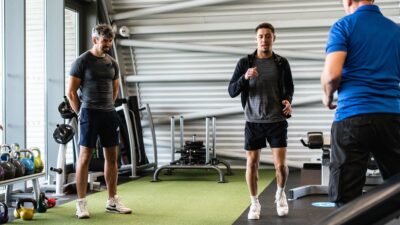
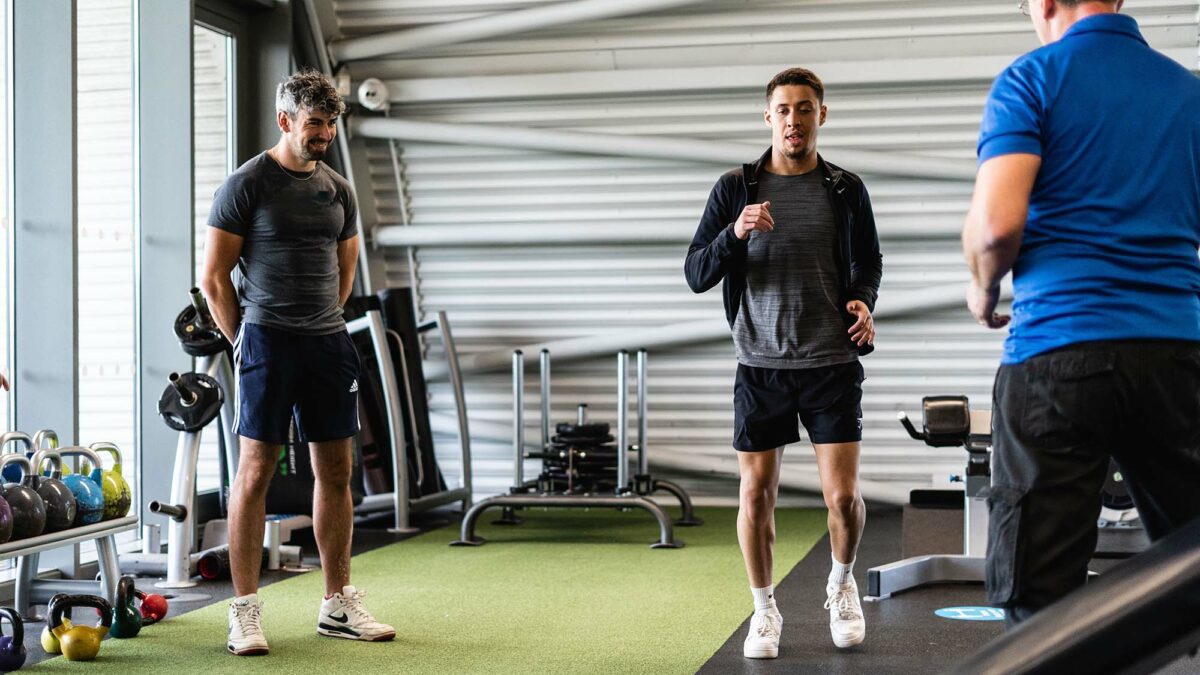
Guide to Functional Training
If you want to learn the foundations of functional training, you are in the right place.


If you want to learn the foundations of functional training, you are in the right place.
Functional training builds resilience, by training the body to protect and mobilise the joints with stability and control via sustainable movement practices. As described by Wolfe, Lemura and Cole (2004), it is the concept of training the movement rather than the muscle that provides a strategic balance, ensuring a structurally sound, well cared for kinetic bodily chain whilst instilling correct habitual movement patterns with the brain. Basically, it’s exercises that train the body to work as whole rather than different muscles working in isolation.
Functional movements should consist of numerous elements of fitness and progress throughout the programme stages based on individual competency. Strength, power, balance, flexibility and mobility, as well as aerobic and anaerobic fitness, should be included and deployed according to ability, fitness and goals.
When designing a programme with functional exercises, consideration should be given to the following:
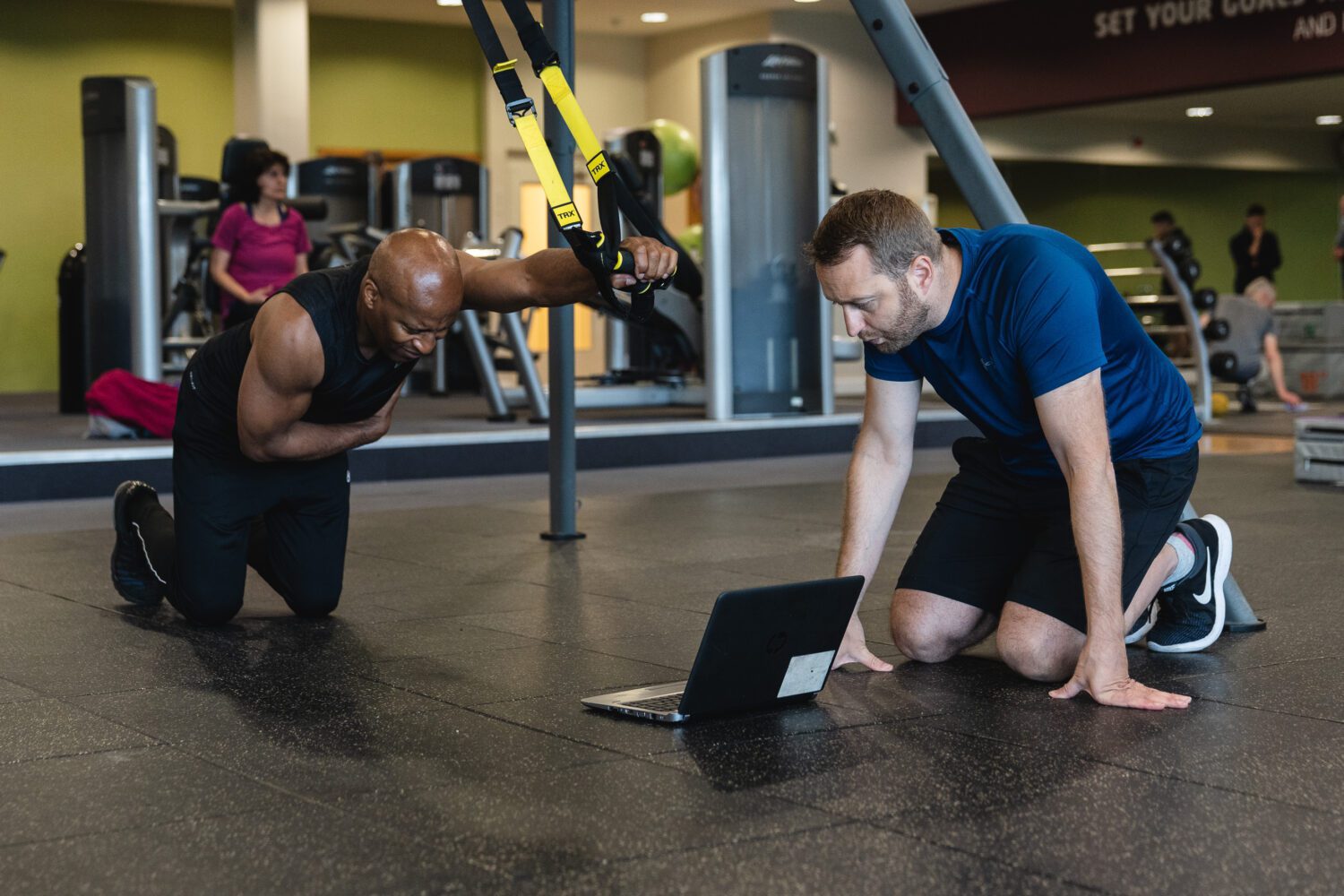
Functional training is important as it is founded on the understanding that the body should move as one unit, using multiple muscles and joints in unison in order to positively impact physical functioning, well-being and overall performance. That is, our ability to optimally complete normal, everyday activities.
Fundamentally based on core training and essential human movement patterns, functional training can help to increase body awareness and mobility whilst developing strength across all planes of movement. This contributes to a higher proficiency of movement overall, as well as a decreased risk of injury and pain that previously may have occurred due to a lack of body functionality.
For daily functionality, the body requires the coordinated movement of the muscle involved. For example, lifting a box from the floor requires you to use the muscles in your arms and legs as well as your torso muscles to stabilise the spine. Multiple joints are also used, including the ankles, knees and hips, requiring strength and stability to control the load and the movement itself.
So, even though functional training generally comprises larger movements using the global muscles, exercises chosen will incorporate the local muscles, as movements rely on these for the stabilisation of the spine and movement of the joints. Exercise and equipment choice is therefore important as patterns of movement should be completed using a full range rather than the fixed range of motion. The advice here is to opt for free or bodyweight exercises over machines, and compound over isolation exercises as much as possible.
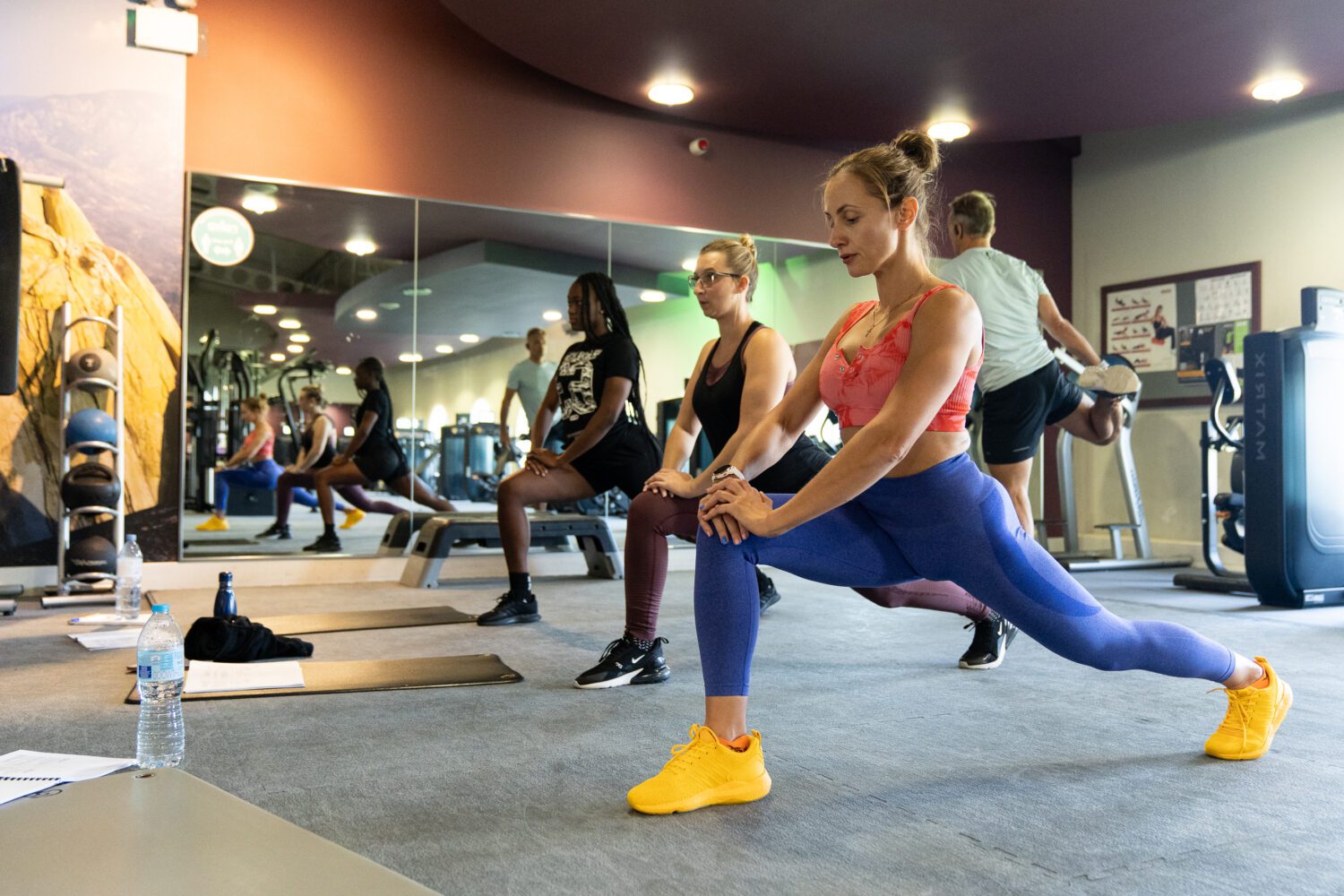
As functional training is incorporated more often into a person’s regime, the more the person will become accustomed to working the body as one system, reaping numerous benefits including training the nervous systems and the body to perform movements in a safe, efficient manner. Naturally functional exercises tend to be compound, they require a more attuned level of coordination, stability and core strength.
Movements such as these are important as they typically mimic everyday activities better than isolation exercises for the same muscles could. They are also mostly performed in an upright or standing position. This brings us back to the previous rationale of functional training focusing on movements, not muscles, function over aesthetics. Functional compound exercises such as deadlifts, squats and presses, lunges with torso rotations or push-ups, increase the ability of your muscles to work in synergy to mimic tasks such as picking up shopping and putting it in the cupboard, moving from seated to standing, sweeping, walking and looking behind you or pushing a pram.
Functional training exercises are normally multi-planar, utilising movement patterns through moving the sagittal, frontal and horizontal planes, compared with more traditional gym exercises such as bicep curls, knee extensions or the leg press.
This is particularly important given that we aim to mimic the functional movement of real life, which includes moving through a multitude of planes, often in a series of diverse patterns. It is also vital in its contribution to obtaining a balanced physique that consequently will reduce the risk of injuries.
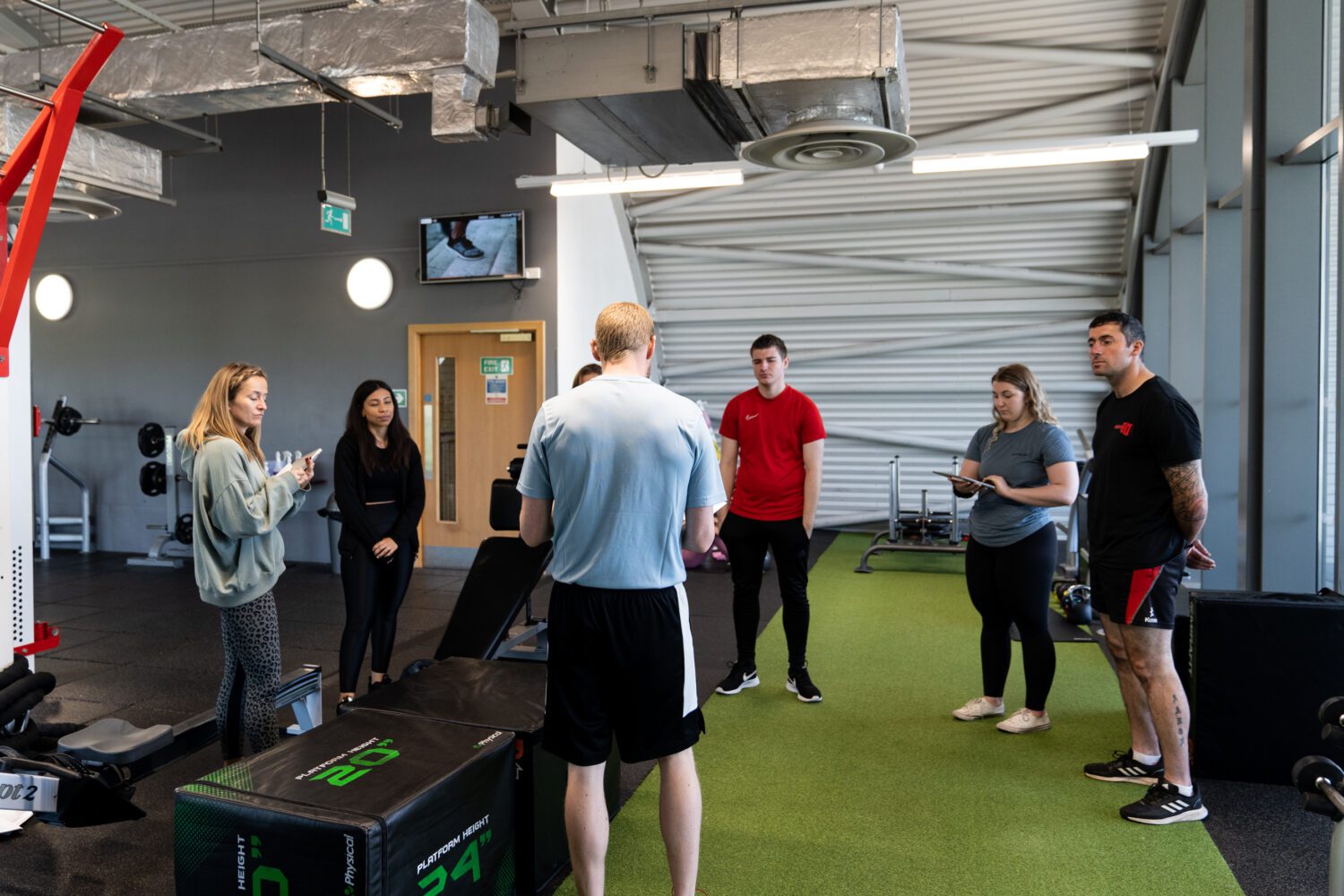
Even though compound movements such as deadlifts and squats help to develop the core, specific exercises should also be included to increase the emphasis on correcting the strengthening postural alignment. Priority should be given to those that focus on core stability, ultimately helping to control the centre of gravity and overall movement efficiency.
A lack of core strength with poor posture will also cause a lack of stabilisation in areas such as the hips and pelvis. This in turn will cause decreased strength and capabilities in the surrounding muscles such as the glutes, causing issues with fundamental movements, injuries, lack of power and energy as well as decreased movement speed.
The latter is important as a high proportion of back problems arise due to a lack of control over the rotation between the pelvis and the spine. This can then pose problems during any type of training or everyday movement. The key, therefore, is to consistently train both as part of your functional training programme as a personal trainer or as an individual looking to understand functional training.
Therefore core training and the ability to control stabilise and successfully ‘brace’ is of high importance as it teaches the entire kinetic chain to move in a safe and effective manner to facilitate all other movements and activities.
Finally, we can discuss the benefits of functional training on athletic or sporting performance. Whole-body strength, core stability and movement quality will all be increased, as well as speed, stamina, endurance and power output.
Performance and fitness levels will therefore ultimately be enhanced, encouraging specific movement patterns commonly used in sports as well as everyday activities to be corrected and developed, thus vastly reducing the risk of injury.
For strength training completed in a gym, for example, the movements should be similar to the actual performance movements of a sport in order to effectively transfer to other movements, muscle memory and performance activities.
A functional training programme caters to this and explores the functional continuum, serving to mimic the ranges of muscular contractions, coordination range of movement and speed required.
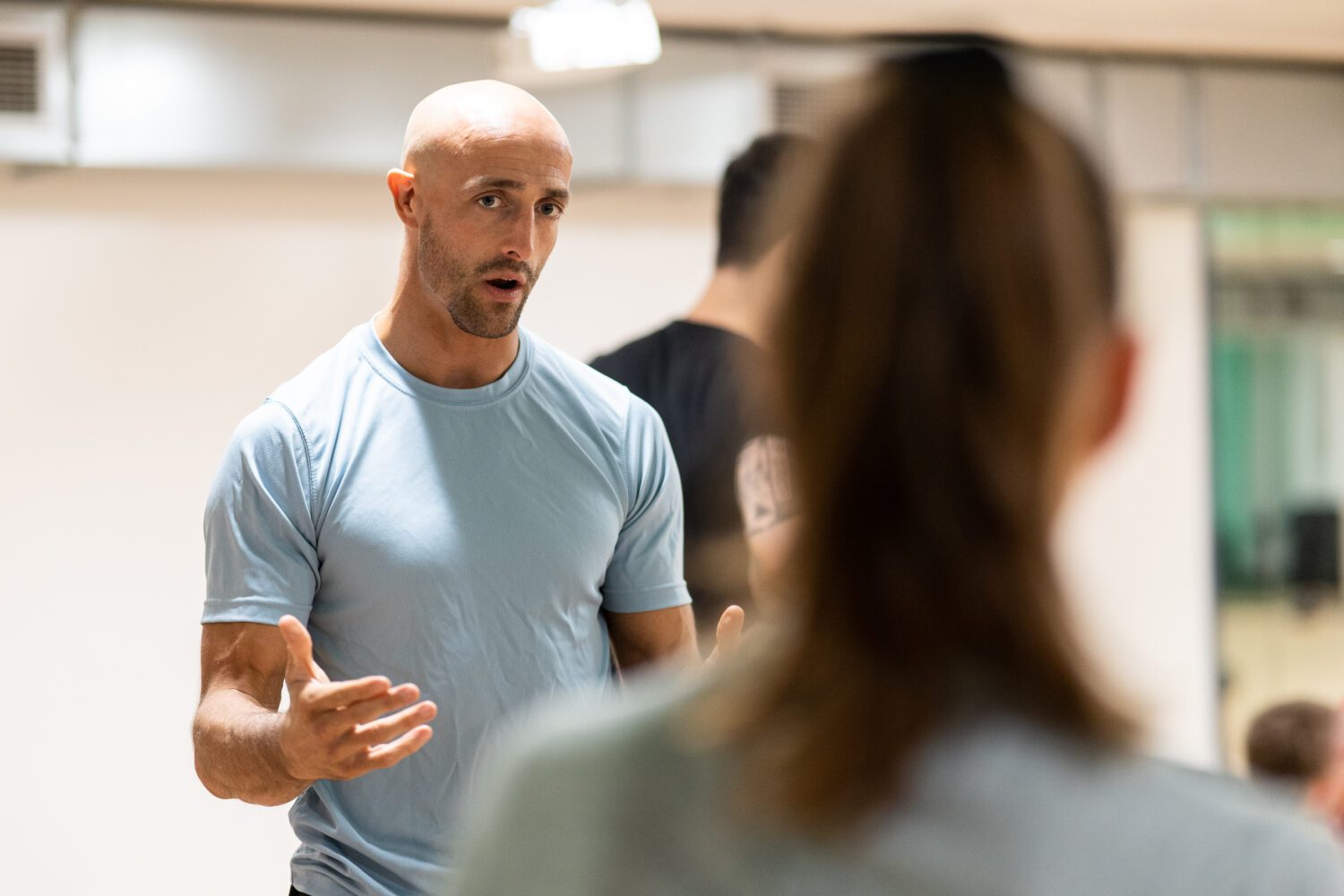
In conclusion, if we include functional training in our exercise regime, providing movements that relate to everyday activities, it will improve the quality of our functionality, encouraging a progressive relationship between movement and wellbeing. Through this type of programme, you will become more efficient overall, placing less strain on your muscles, joints, tendons and ligaments. Primary movements should be included in all planes, such as pushing and pulling, bending and lifting, unilateral movements and rotational exercises, and should be specifically tailored for the person or requirement.